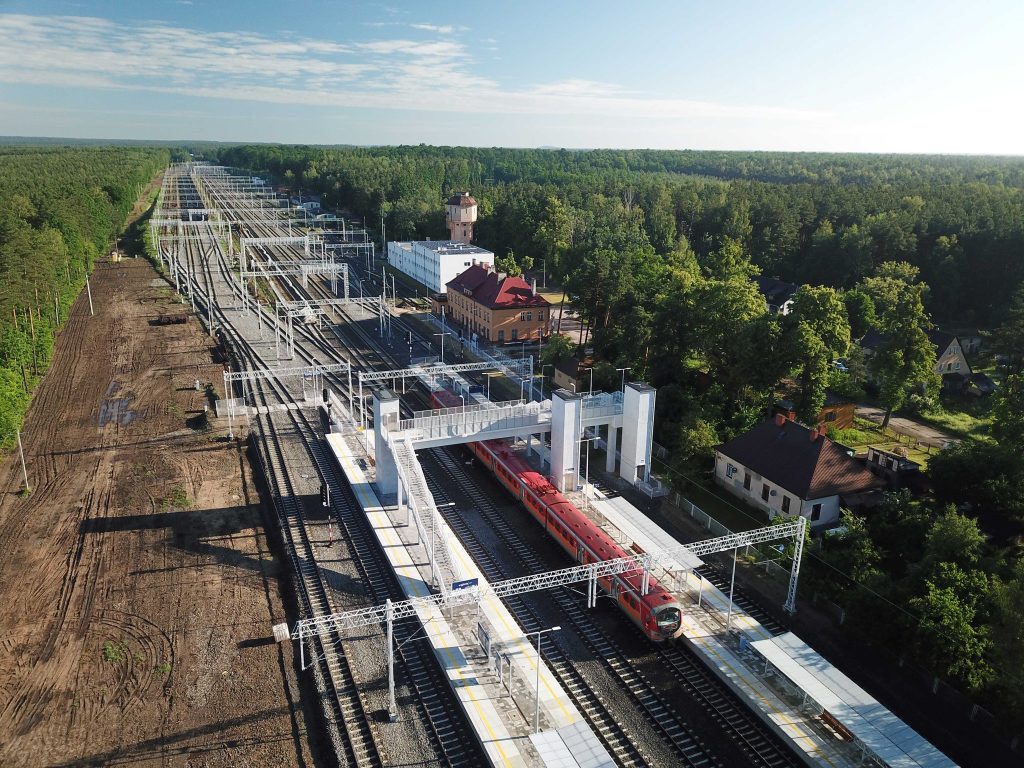 The entire rail sector needs to design a common strategy to address the challenge of transitioning from fossil diesel, a study of Association of European Rail Rolling Stock Lessors (AERRL) says.
The entire rail sector needs to design a common strategy to address the challenge of transitioning from fossil diesel, a study of Association of European Rail Rolling Stock Lessors (AERRL) says.
The report has been conducted by eolos and was launched together with Akiem, Beacon and Cargounit, with support from Crédit Agricole CIB, ING, KfW IPEX-Bank and Societe Generale.
Based on the results of the study, AEERL has shared an initial roadmap of technology alternatives for the years to 2050 when transport emissions must fall by 90% compared to 1990 levels, in accordance with the European Commission’s Green Deal target.
To achieve the reduction of CO2 emissions and increase its market share, the rail sector needs to design a process for phasing out diesel fuel if it is to remain the most sustainable form of land transport.
The study says that while electrification remains the most efficient solution to accelerate decarbonization, HVO (hydrotreated vegetable oil/ advanced bio diesel) is rated as an immediate candidate. It can reduce CO2 emissions by 85 to 90 percent and is easy to implement. The renewable natural gas and Ammonia ICE are considered short- to medium-term options, though several operational challenges remain.
Green hydrogen is also a solution but is still very limited one and requires high expenditure. It is used as an option for applications where no other solution is available such as on the long non-electrified routes but requires substantial infrastructure improvements.
Though major problems remain, battery technology is a solution for the rail sector. Dual-mode battery/electric trains combined with partial electrification for the longer term could become a game-changer, the study underlines.
To enable the sustainable transition of the rail sector, the different stakeholders need to come together in a “freight transport system for efficiency” organised either by the Commission or an appointed actor in the field. The investments between rolling stock and infrastructure need to be balanced.
To achieve maximum leverage for industrial decarbonisation, the rail sector should be, after pipelines, the first choice for green hydrogen transport. With such a position in a new supply chain, the rail sector can increase its freight market share and provide safe and reliable low
carbon-emission energy to today’s most emissive industries.
“An ambitious and aligned roadmap for near-term decarbonisation is currently the missing link in European policy. HVO can contribute very easily to short-term decarbonisation of existing diesel-powered fleets. Battery-electric technology seems to be a likely game-changer for the medium and long term. Hydrogen, and potentially ammonia, could be later alternative solutions for heavy freight trains where infrastructure electrification, even partial is not available and batteries not suitable,” Fabien Rochefort, AERRL chair said.
Share on:



